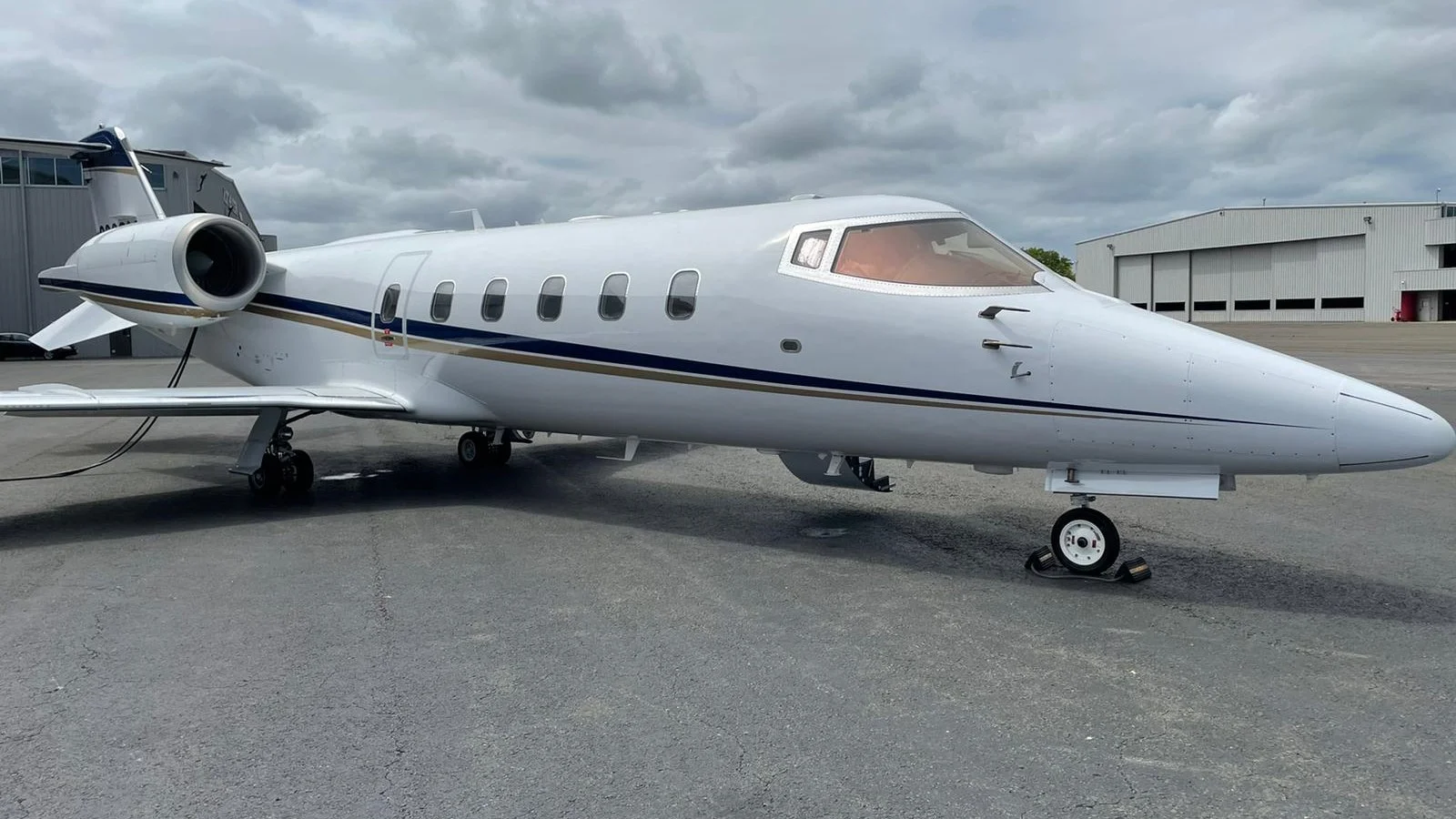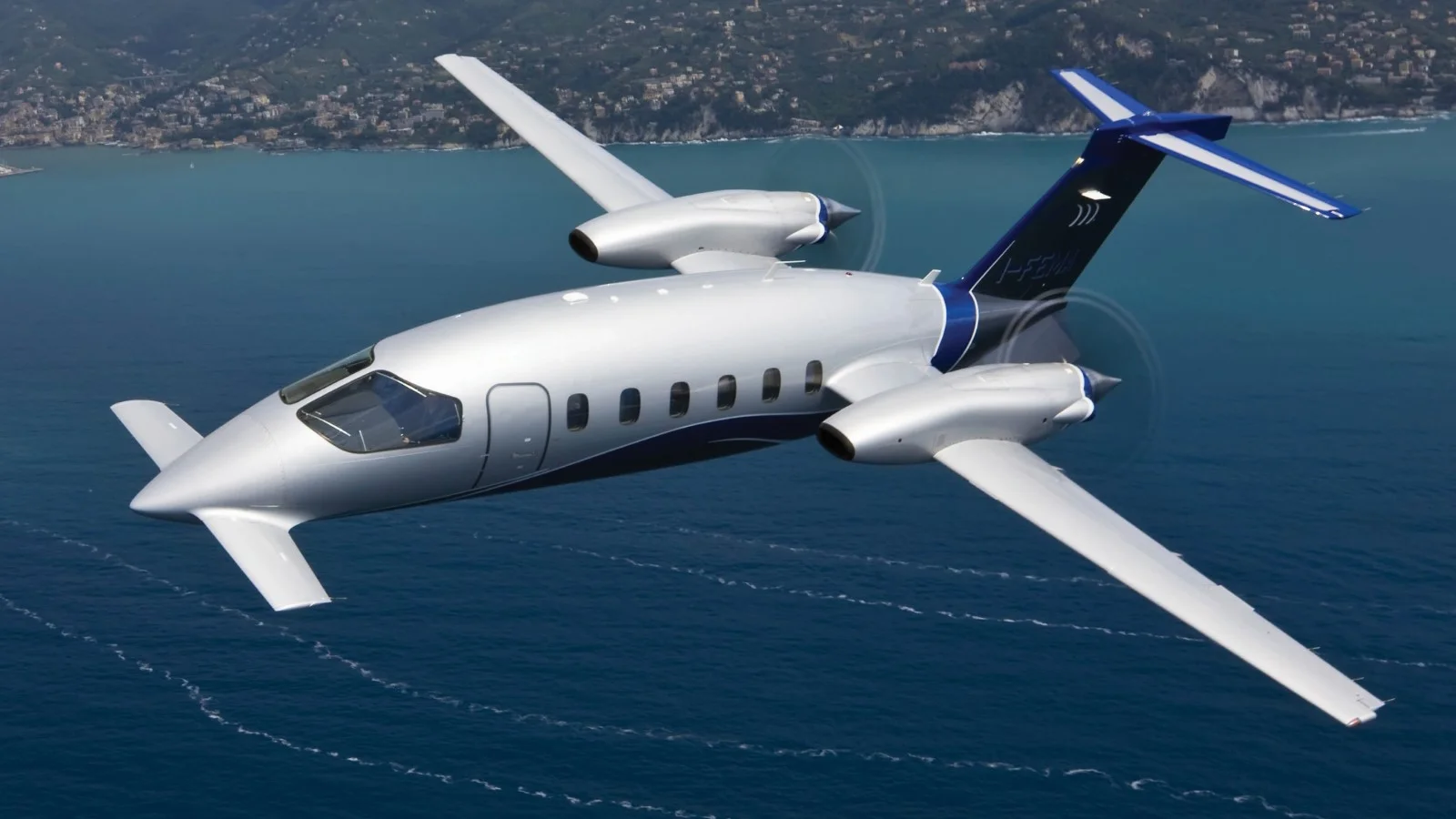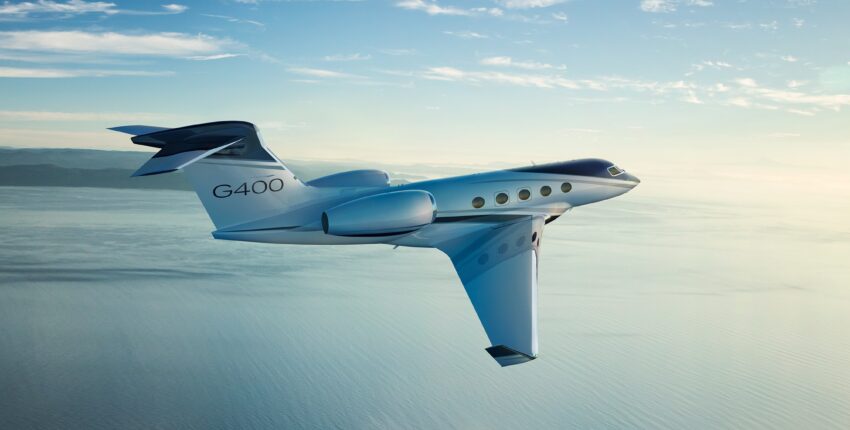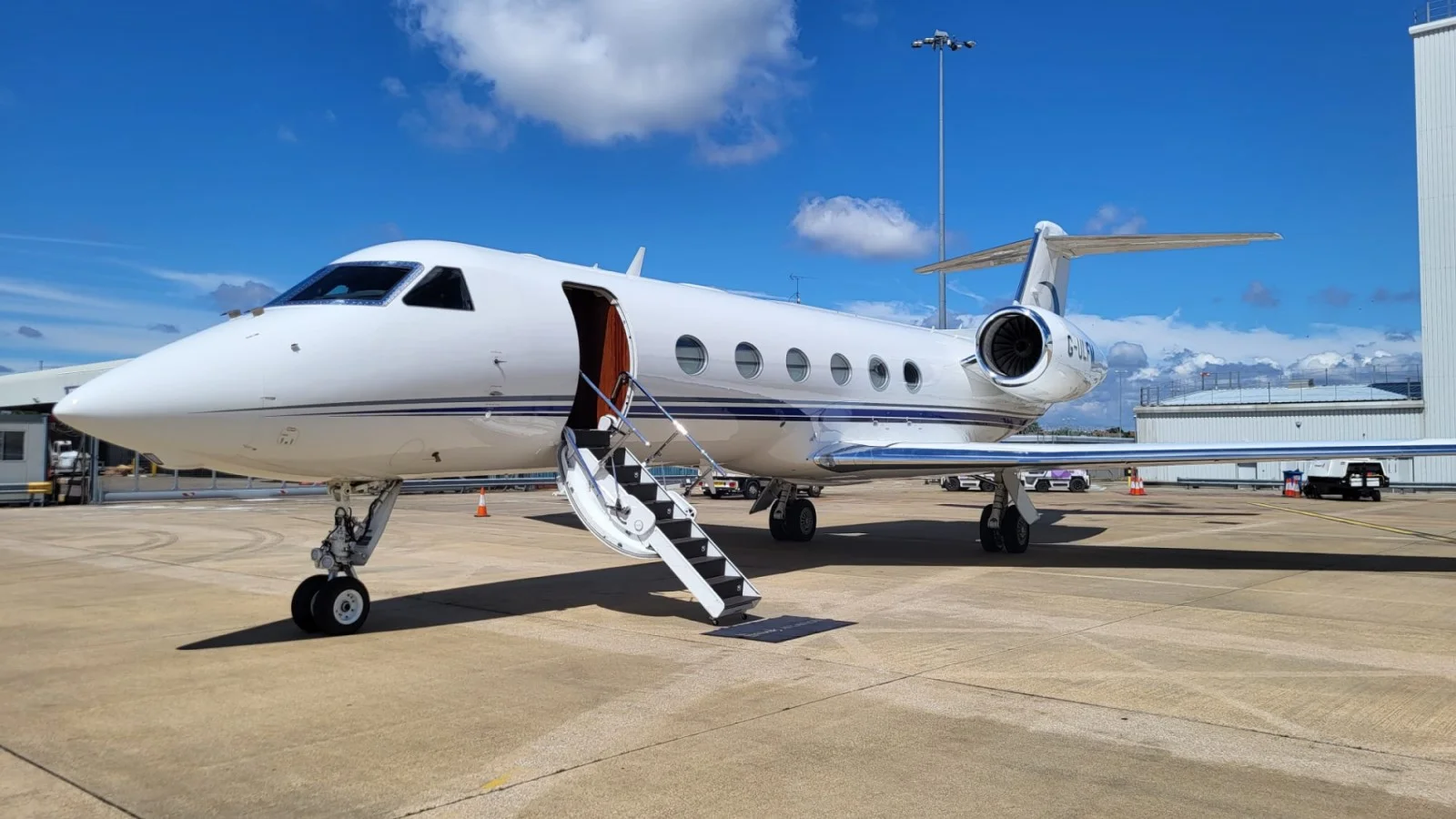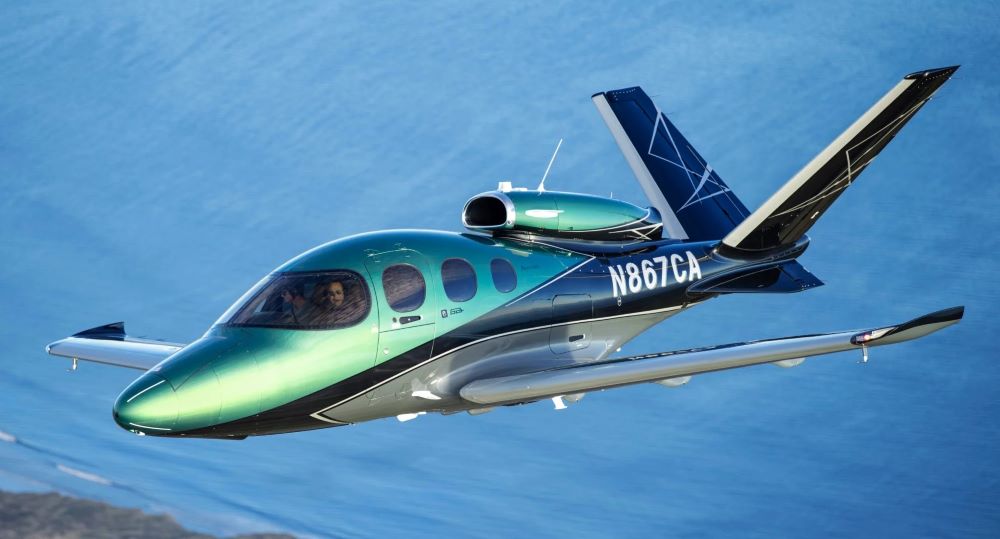Gulfstream G150 Review – Is This the Best Mid-Size Jet You’ve Never Heard Of?
7 min read
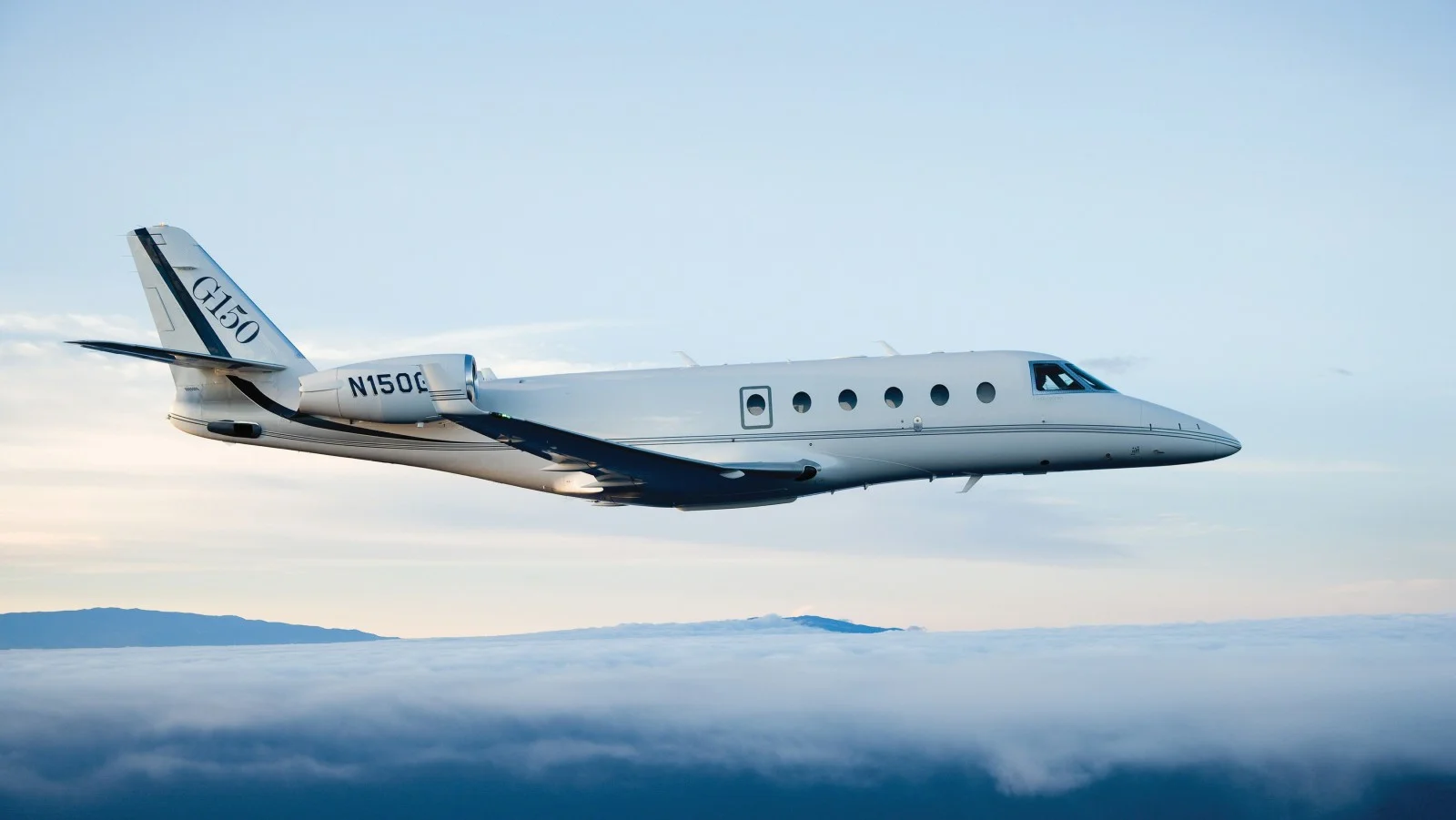
When Gulfstream introduced the G150 in 2005, it wasn’t aiming to dominate the skies with a massive, long-haul flagship. Instead, it wanted to capture a very specific niche: a mid-size jet that could deliver Gulfstream’s trademark speed, comfort, and build quality, but in a more accessible and versatile package.
In this review, we’re looking at the G150 from every angle; its origins, performance numbers, cabin experience, tech, operating economics, and how it stacked up against its competitors, while also weighing its pros and cons for today’s pre-owned market.
History & Development
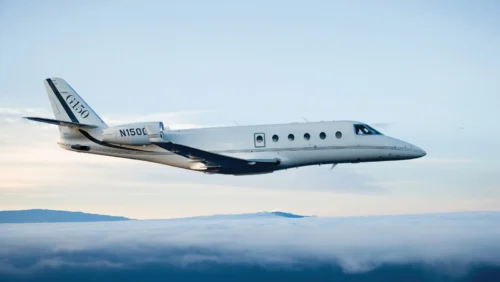
The Gulfstream G150’s story starts long before the Gulfstream badge ever appeared on its tail. Its DNA can be traced back to the IAI Astra series from Israel Aircraft Industries (IAI), a line that began with the Astra 1125 and evolved through the SP and SPX versions. These were fast, capable, mid-size jets, but they lacked the Gulfstream branding and global sales muscle to fully shine in the market. That changed in 2001, when Gulfstream acquired the Astra line and rebranded the SPX as the Gulfstream G100.
The G150 wasn’t just a rebadged G100; it was a meaningful upgrade. Gulfstream and IAI widened the fuselage by about 12 inches, lengthened it by another 12 inches (mostly aft), and overhauled the avionics. The result was a more spacious and passenger-friendly cabin, as well as a cockpit outfitted for the modern business jet market of the mid-2000s.
The first G150 took to the skies on May 3, 2005, and by the end of that year, it had FAA certification in hand. Production ran for just over a decade, ending in 2016, with the final deliveries trickling out in 2017. In total, between 120 and 123 were built, and impressively, nearly all of them are still in service today. That kind of fleet survival rate says a lot about the model’s longevity and value to operators.
Performance Details
The G150 was designed to outpace and outrange its rivals, and Gulfstream didn’t cut corners on performance. It’s powered by two Honeywell TFE731-40AR engines, each producing about 4,420 pounds of thrust. In a typical cruise, you’re looking at a fuel burn of roughly 192 gallons per hour per engine; although real-world figures vary, with some operators quoting closer to 254 gallons total per hour.
Flat out, the G150 can cruise at Mach 0.85, or about 475 knots (880 km/h). For longer legs where efficiency matters more than speed, the long-range cruise setting of Mach 0.75 (around 430 knots) gives you just shy of 3,000 nautical miles of range under NBAA IFR reserves with four passengers on board. Under optimal conditions, some operators stretch that range to 5,556 km (around 3,395 miles), which is enough for nonstop flights like New York to Los Angeles or London to Moscow.
It’s not just about range and speed, though. With a certified service ceiling of 45,000 feet, the G150 can get above weather and commercial air traffic, making for smoother, faster trips. And thanks to steep-approach certification, it can handle airports like London City—famous for its short runway and sharp approach angle.
Takeoff requires around 5,012 feet of runway, while landing distance at maximum landing weight is just 2,442 feet. Those figures give the G150 excellent access to smaller airports, expanding the point-to-point convenience that business jets are all about.
Cabin
The cabin was one of the biggest changes from the G100 to the G150, and it’s where Gulfstream’s influence really shows. Volume jumped from 304 cubic feet in the G100 to 521 cubic feet in the G150, a 25% increase that made a big difference in comfort. When it entered the market, the G150 boasted the widest cabin in its class, which made it feel more like a super-midsize jet inside, even though it was priced and categorized as a mid-size.

Depending on the layout, you can seat between six and eight passengers comfortably. The most common configurations were the Executive layout for six passengers, the Universal for seven, and the Hallmark for eight. Some operators even squeeze in an extra seat in the lavatory area if needed for short hops.
Borrowing from the larger G200’s design, the G150 uses larger oval windows that flood the cabin with natural light. There are also two extra inches of headroom compared to its predecessor, and the wider aisle makes moving around easier—something you definitely notice on longer flights.
Storage is generous for this class, with a 55-cubic-foot heated aft baggage compartment and an additional 25 cubic feet of internal storage. Only the Citation Sovereign could claim more luggage space at the time, which made the G150 a favorite for trips that required more than just a small overnight bag.
Tech & Avionics
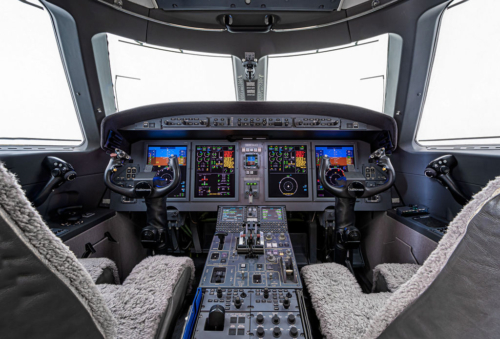
Up front, the G150 ships with the Rockwell Collins ProLine 21 avionics suite as standard. For pilots coming from older Astra-based cockpits, this was a leap forward in usability and situational awareness. The ProLine 21 integrates navigation, communication, and monitoring into large-format displays, replacing a clutter of smaller gauges with a cleaner, more intuitive layout. Flight plans are easier to manage, critical data is displayed more clearly, and overall workload is reduced, especially on long or complex missions.
By 2008, Gulfstream began offering a series of avionics enhancements that moved the G150 closer to the sophistication of its larger siblings like the G450 and G550. Borrowing concepts from Gulfstream’s flagship PlaneView system, these upgrades included synthetic vision primary flight displays (SV-PFD) that render a 3D terrain view on the primary flight screen, giving pilots a visual representation of the environment even in darkness or heavy cloud cover.
Another notable option was the EVS II (Enhanced Vision System), a forward-looking infrared camera that projects real-time imagery onto the head-up display or primary flight display. In low-visibility scenarios; fog, rain, nighttime approaches, this tech lets pilots “see” the runway environment before it’s visible to the naked eye, which is a major confidence boost for operations into challenging airports.
When combined, these tools gave the G150 a level of cockpit capability that was rare in its class at the time. For corporate operators and owner-pilots who frequently faced unpredictable weather or tight approach profiles, the avionics suite wasn’t just a convenience; it was a genuine safety and efficiency upgrade.
Operating Costs
When new, the G150 was priced at around $13.5 million, which put it competitively between smaller light jets and larger super-midsize models. Today, pre-owned prices range from about $3.8 million to $8 million, depending on age, total hours, maintenance history, and avionics upgrades.
Fuel burn is in the 250–380 gallons per hour range, depending on flight profile, which is slightly higher than newer, more efficient jets in the same class. However, operators often point out that the G150 makes up for this with reliability and lower unscheduled maintenance costs. The Honeywell TFE731 series is well-supported globally, parts are relatively easy to source, and the ProLine 21 avionics are still widely serviced.
Insurance and crew costs are on par with other mid-size jets, but the G150’s dispatch reliability, often quoted above 99%, means fewer costly delays or cancellations. Overall, while it’s not the cheapest jet to operate, it delivers strong value for its speed, range, and comfort.
Competition
During its production years, the G150 went head-to-head with established mid-size jets like the Hawker 900XP, Cessna Citation XLS, and, later, Bombardier’s Learjet 60XR. Each had its own strengths.
The Hawker 900XP offered a slightly roomier feeling cabin in some layouts and was renowned for its solid, heavy-airframe ride in turbulence. However, the G150 could outpace it in cruise speed and offered better range in most configurations. The Citation XLS was a strong competitor for operators prioritizing runway performance and short-haul efficiency. It could operate out of shorter strips and had lower fuel burn, but it couldn’t match the G150’s long-range cruise speeds or high-altitude comfort.
When Gulfstream’s own G280 arrived, it became a sort of indirect replacement for the G150, boasting greater range, a larger cabin, and cutting-edge avionics. But it also came at a significantly higher purchase price, meaning the G150 still appealed to buyers wanting Gulfstream performance without super-midsize operating costs.
Pros
- Fast cruise speeds for its category.
- Long range and high service ceiling.
- Steep-approach capability expands airport options.
- Spacious, wide cabin with excellent lighting.
- Strong luggage capacity.
- Reliable Honeywell engines and well-supported avionics.
- Holds value well on the pre-owned market
Cons
- Out of production since 2016—no factory-new examples.
- Higher fuel burn than newer competitors.
- Smaller than super-midsize jets, limiting maximum passenger space.
Final Verdict
The Gulfstream G150 is a high-performing, comfortable, and well-built mid-size business jet that still makes sense on the pre-owned market today. It’s fast enough for transcontinental missions, versatile enough for challenging airports, and spacious enough to keep passengers comfortable on long legs.
While its fuel economy can’t match newer designs, and while it’s no longer in production, the G150 remains an attractive option for operators who want Gulfstream quality in a smaller, more economical package. It’s a jet that delivers where it counts—and two decades after its debut, it still earns its place on the ramp.
